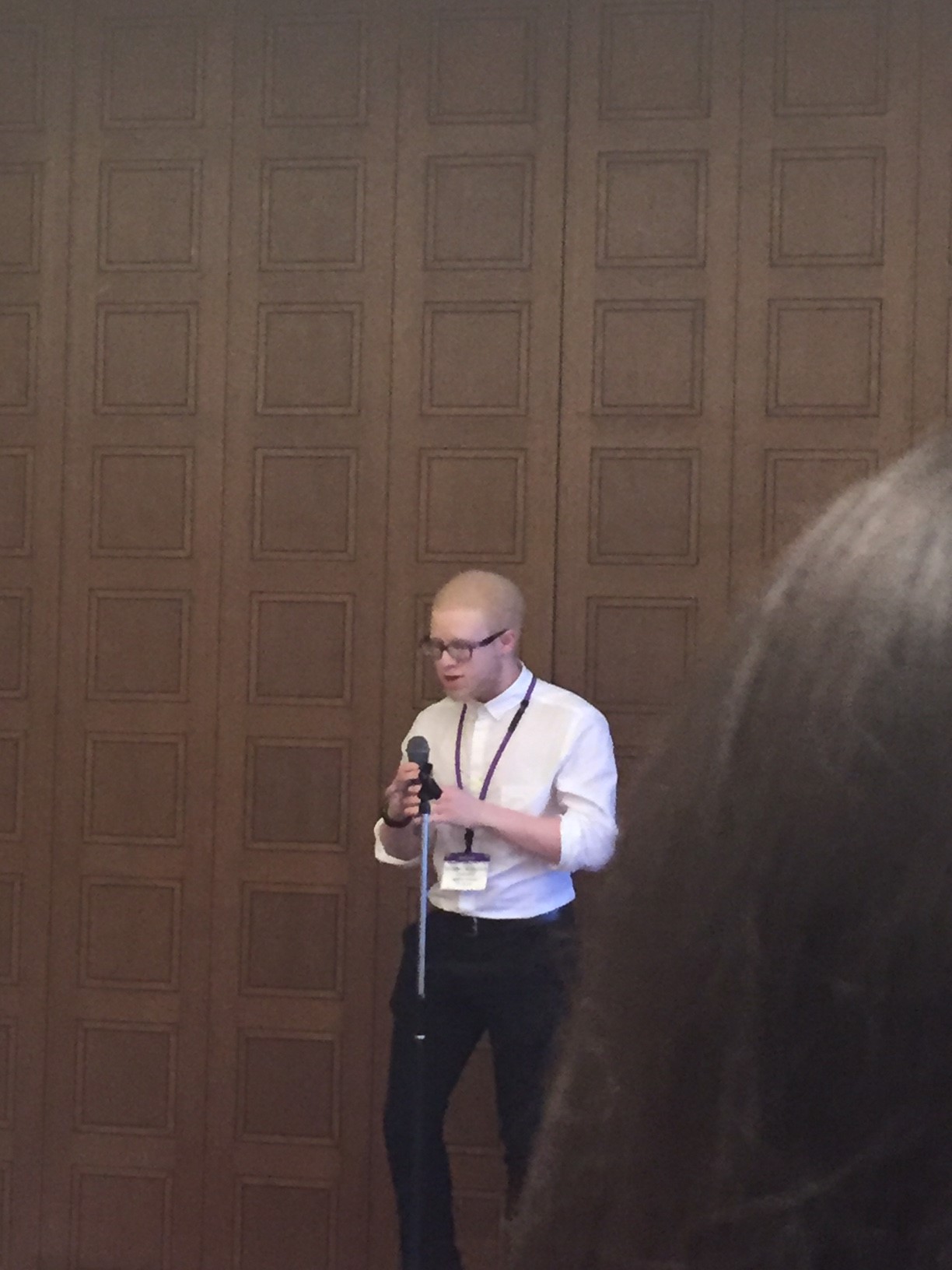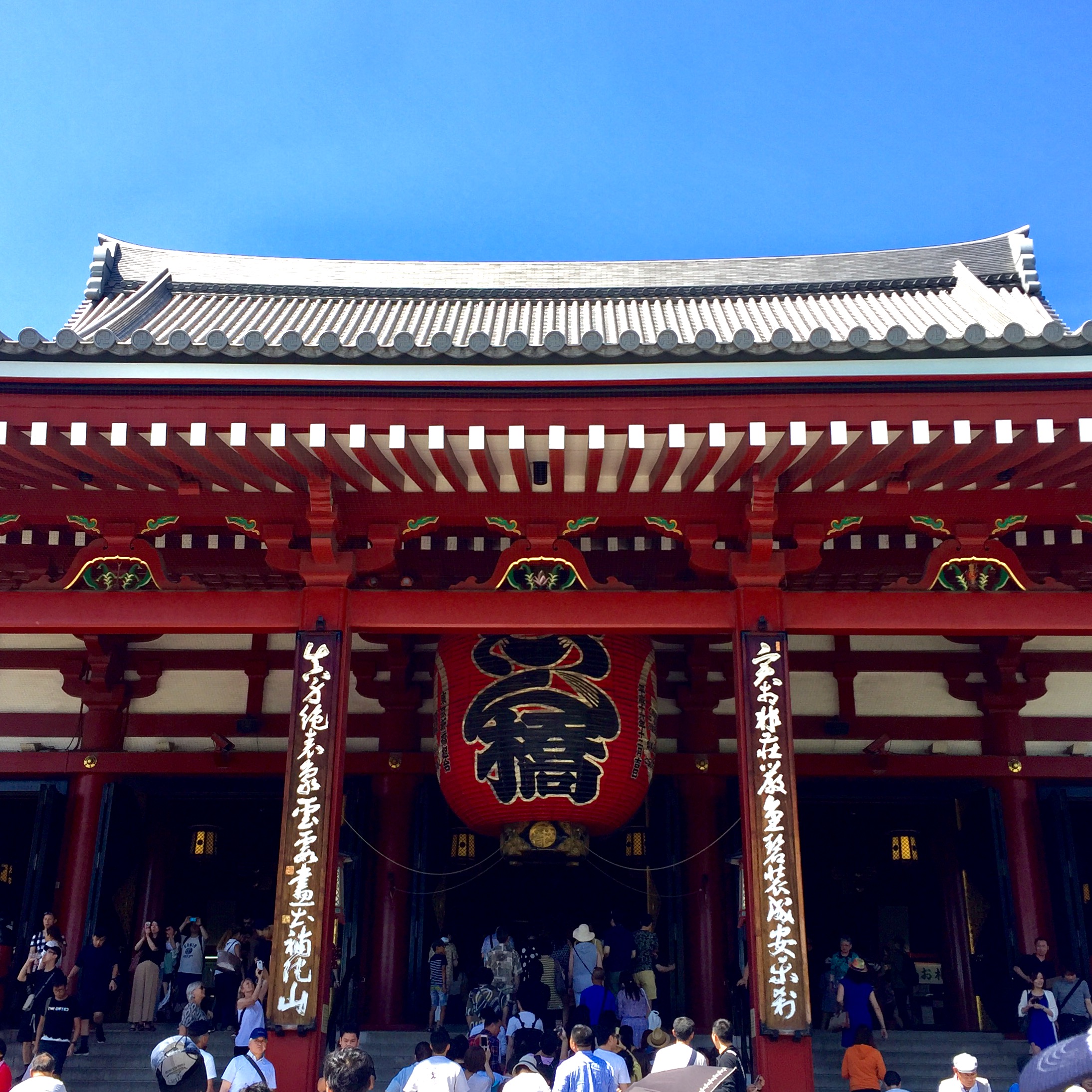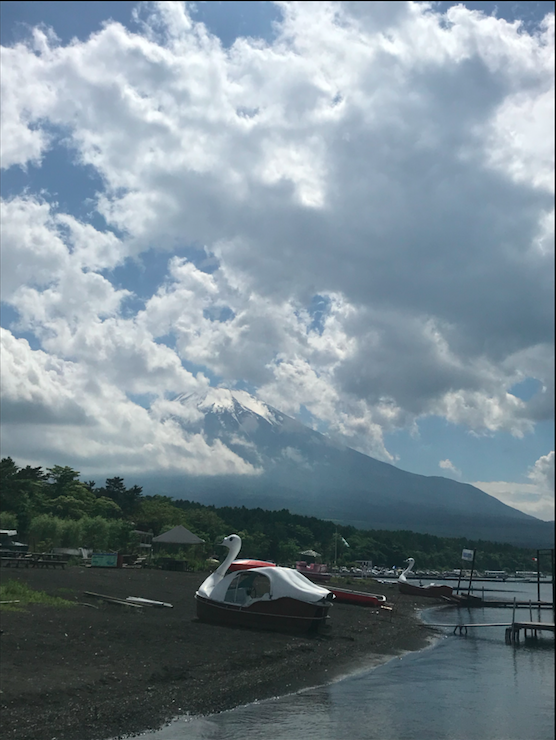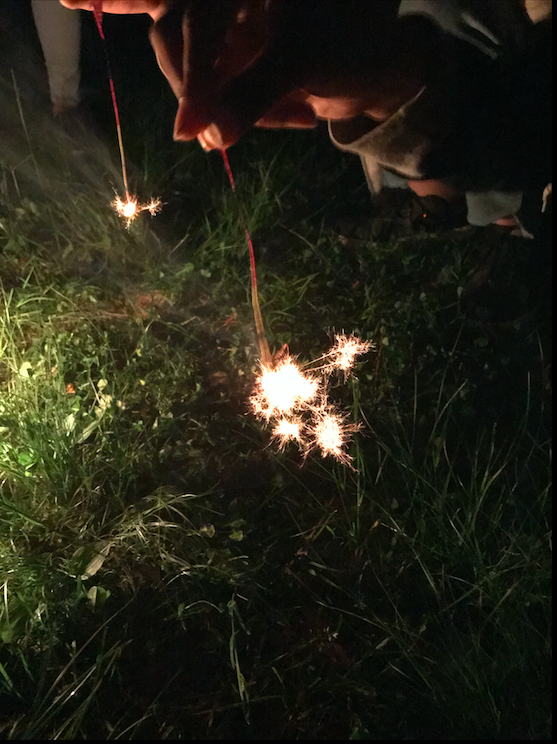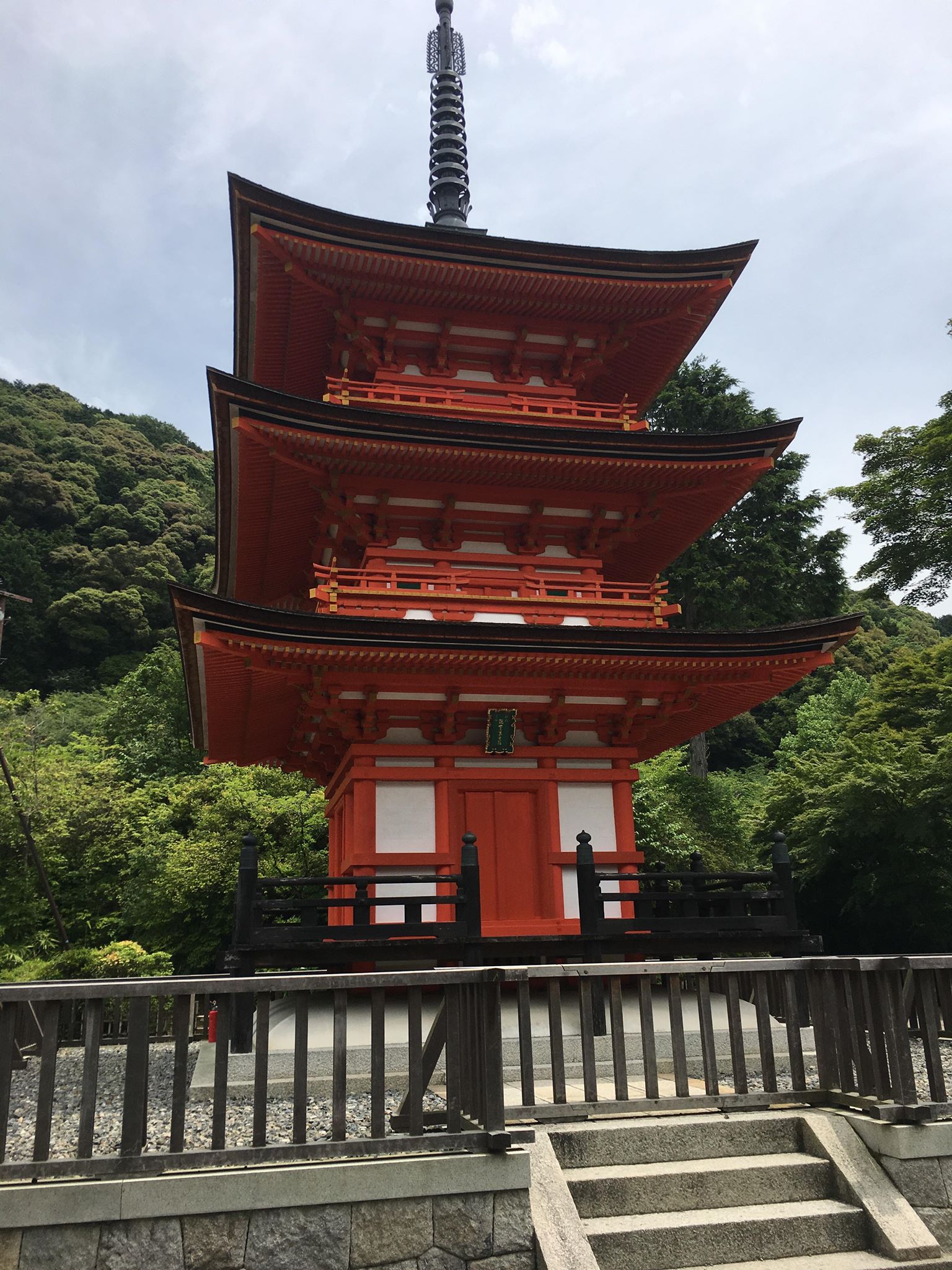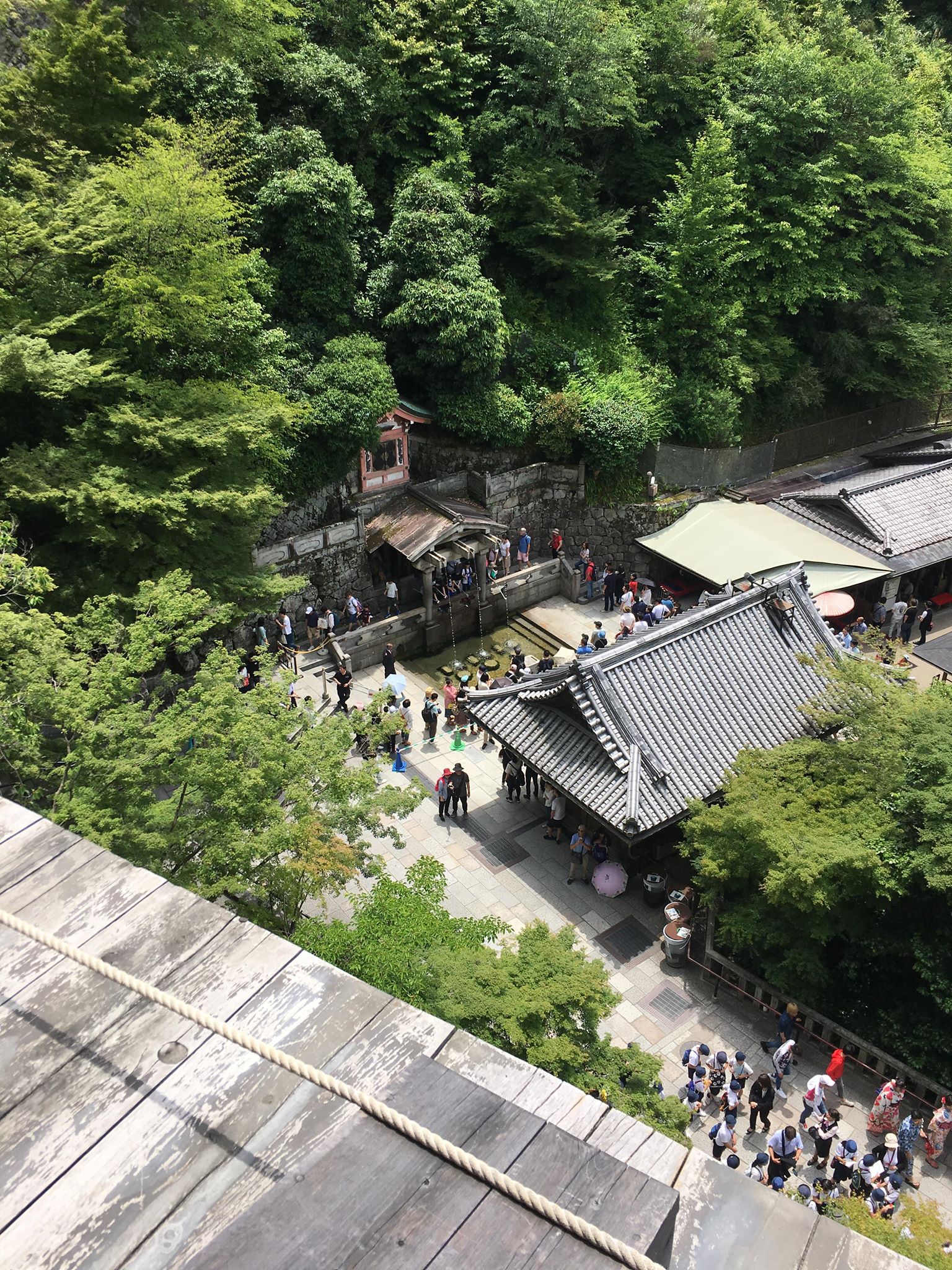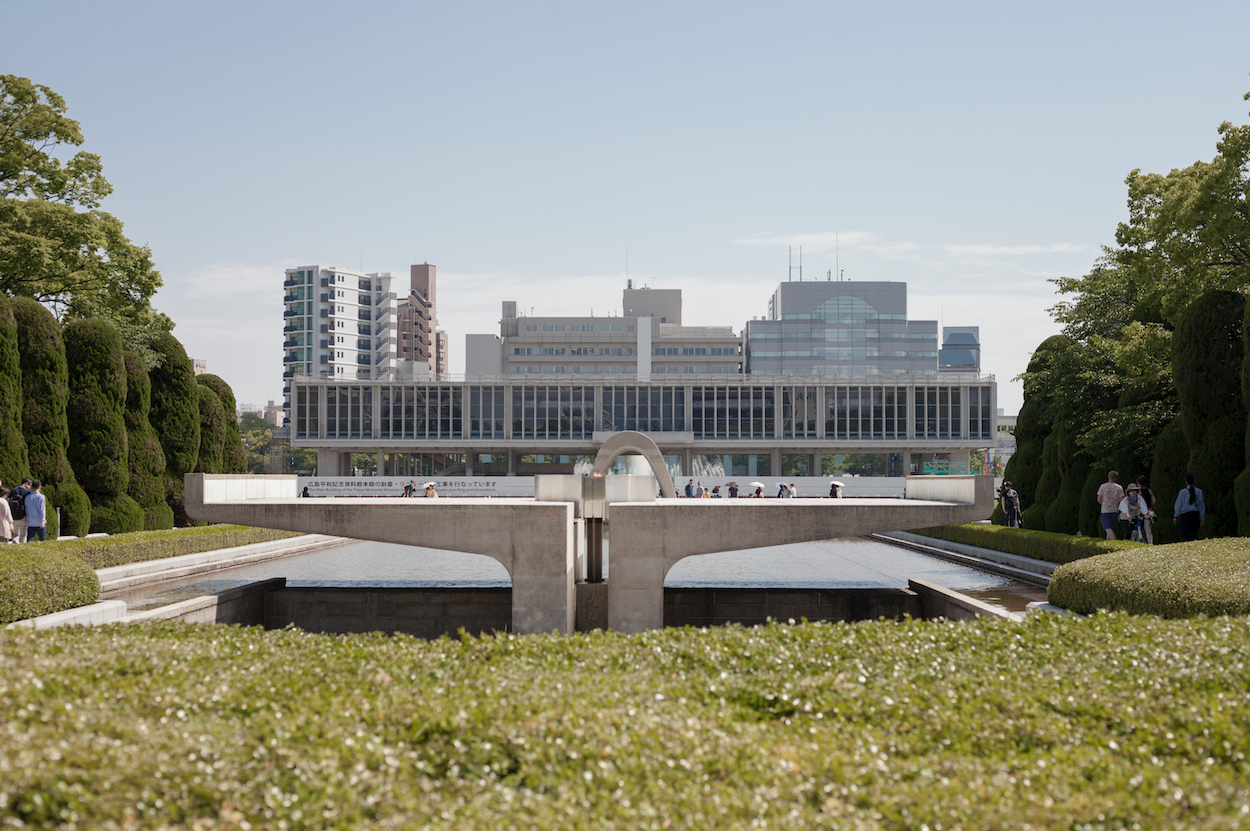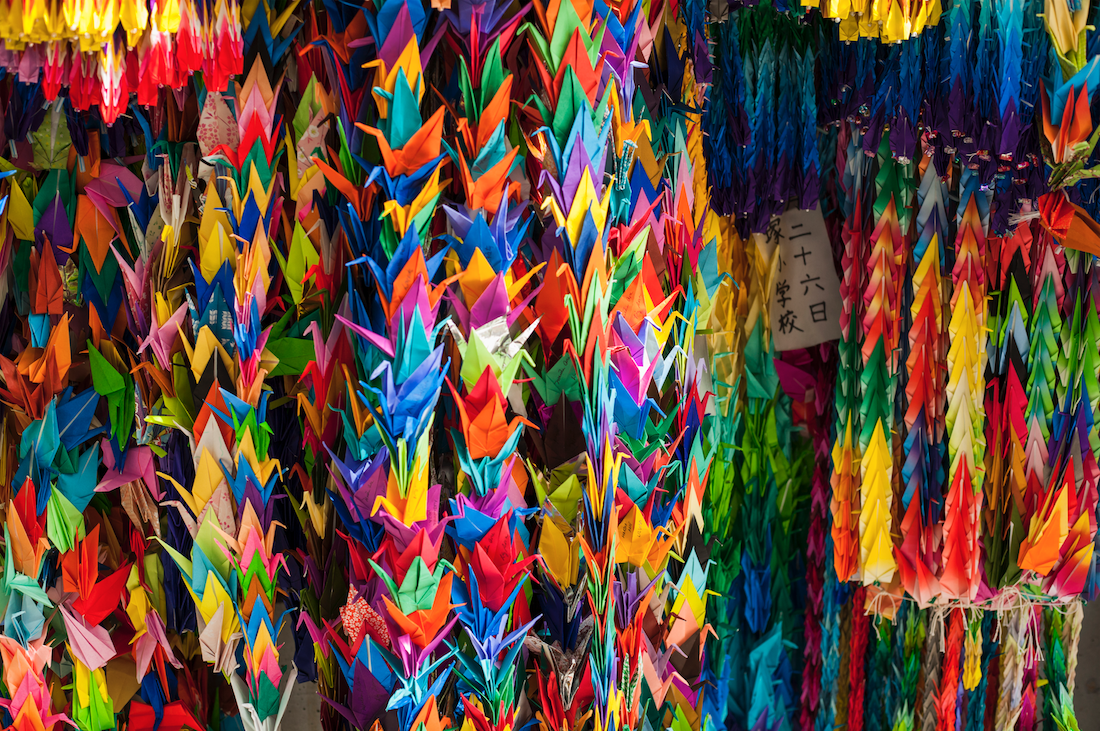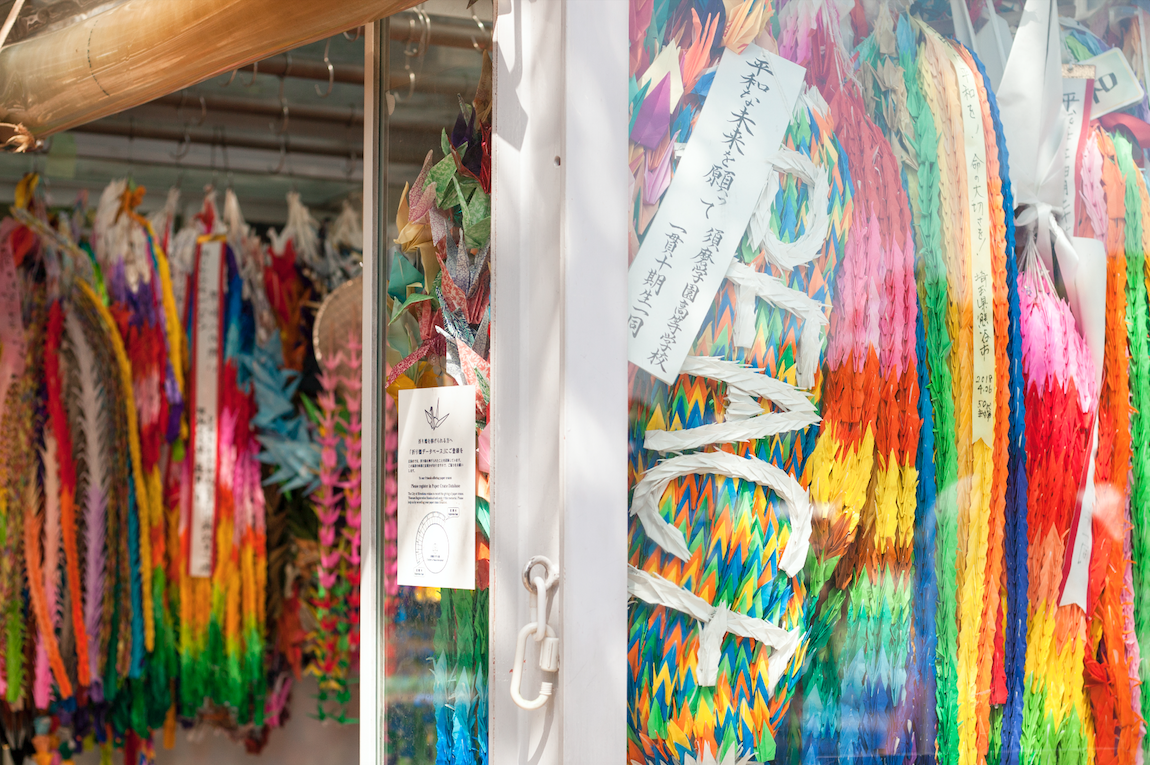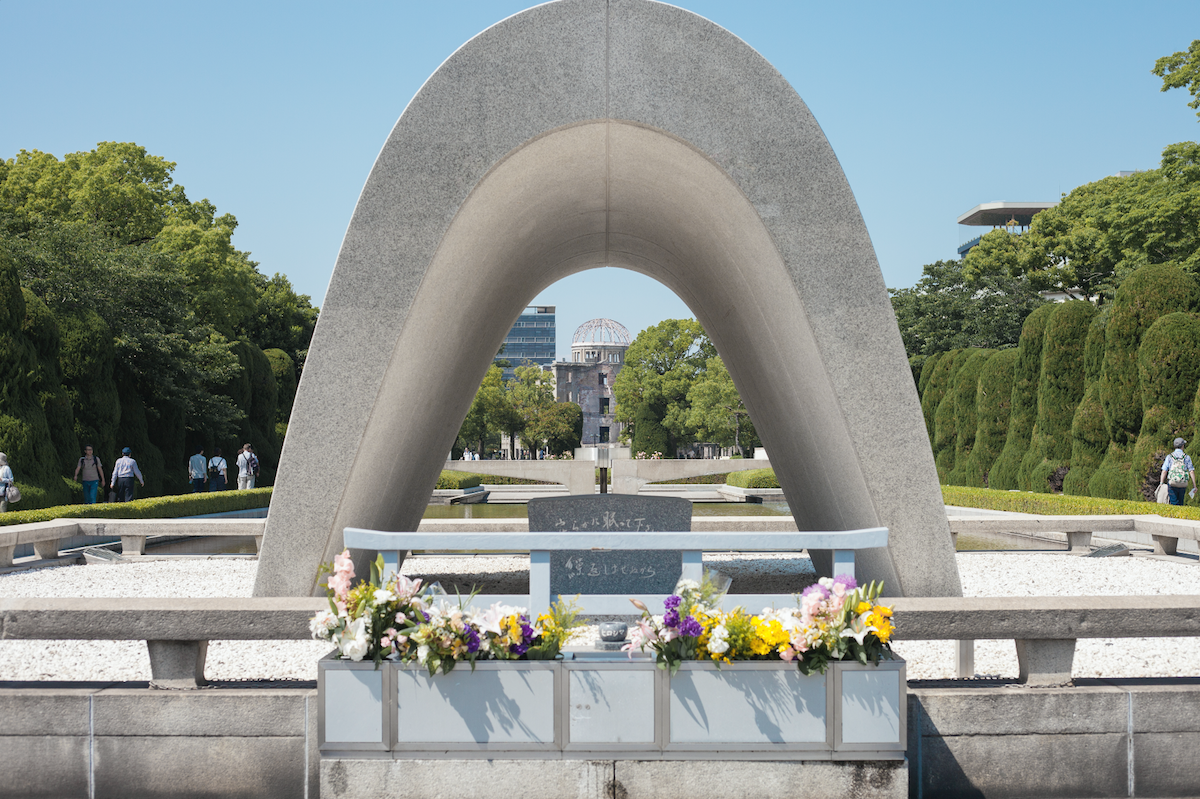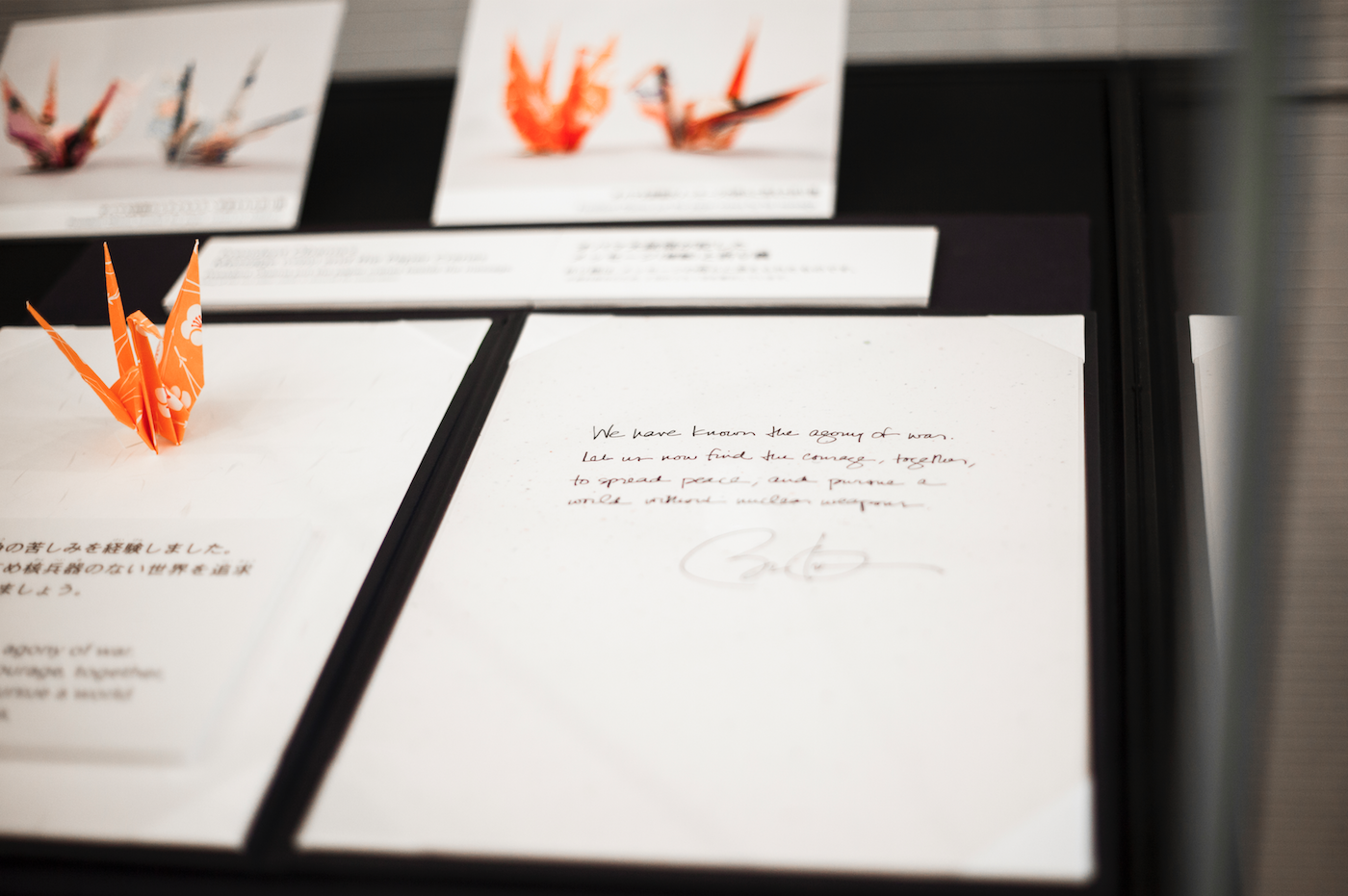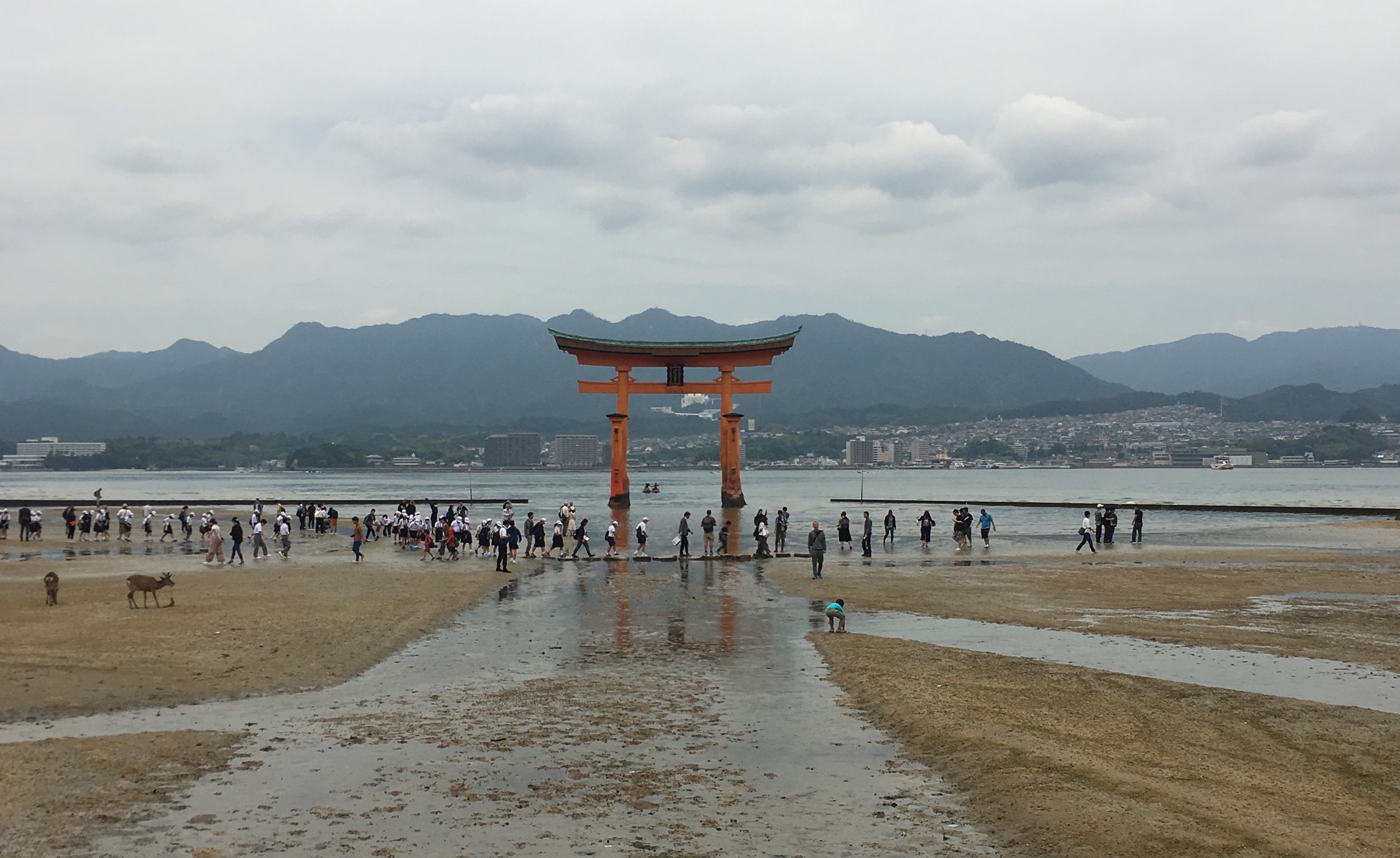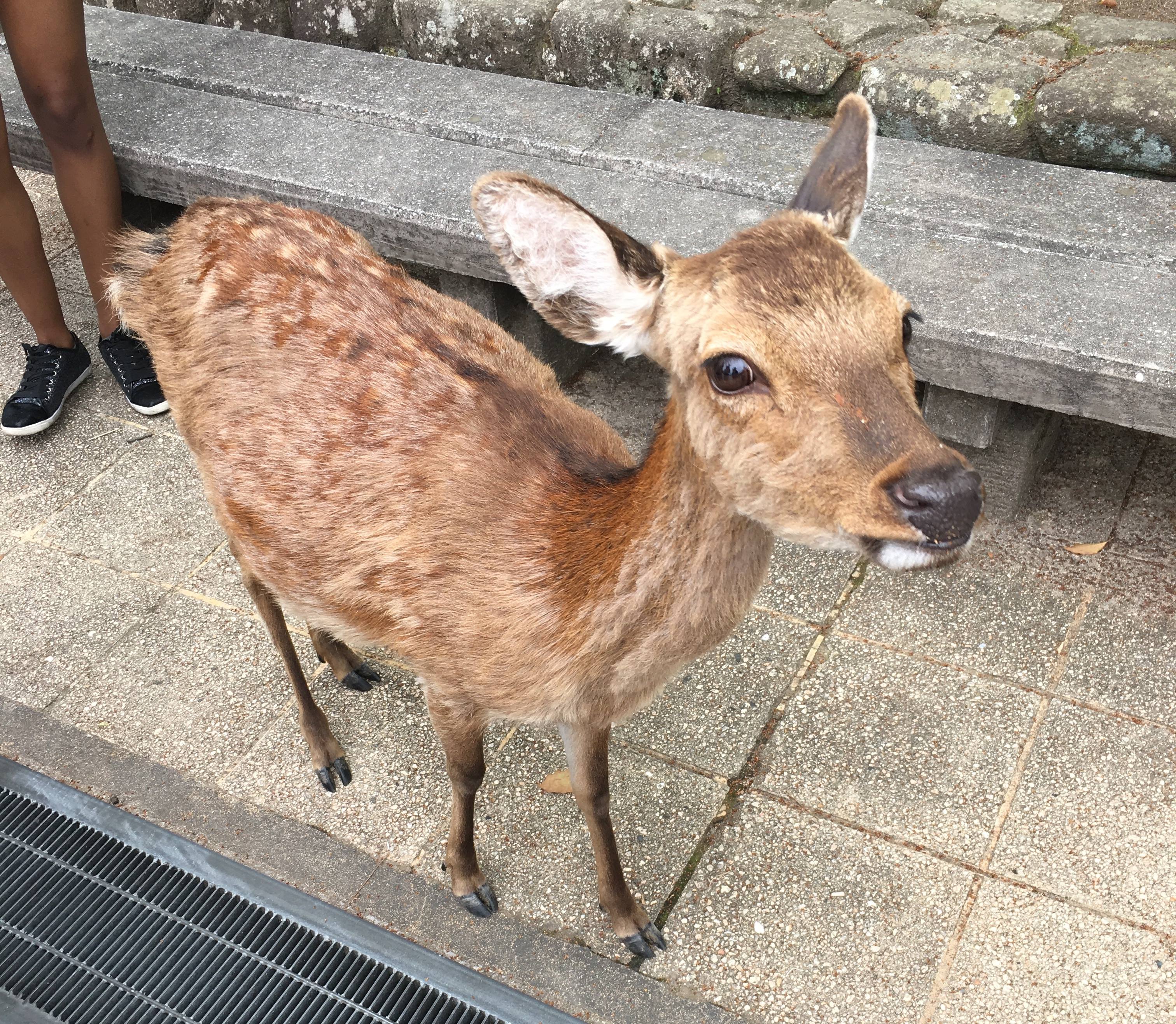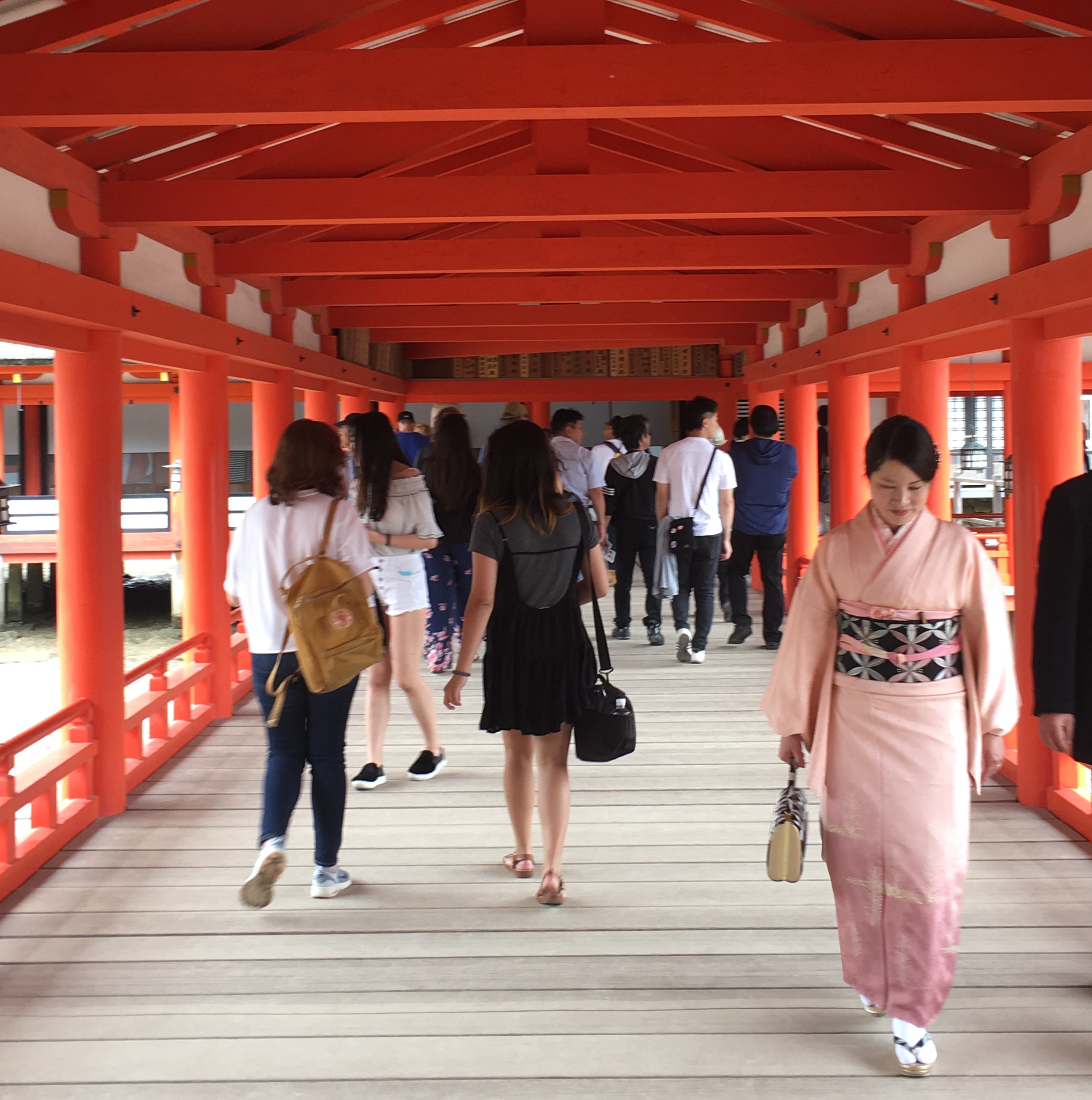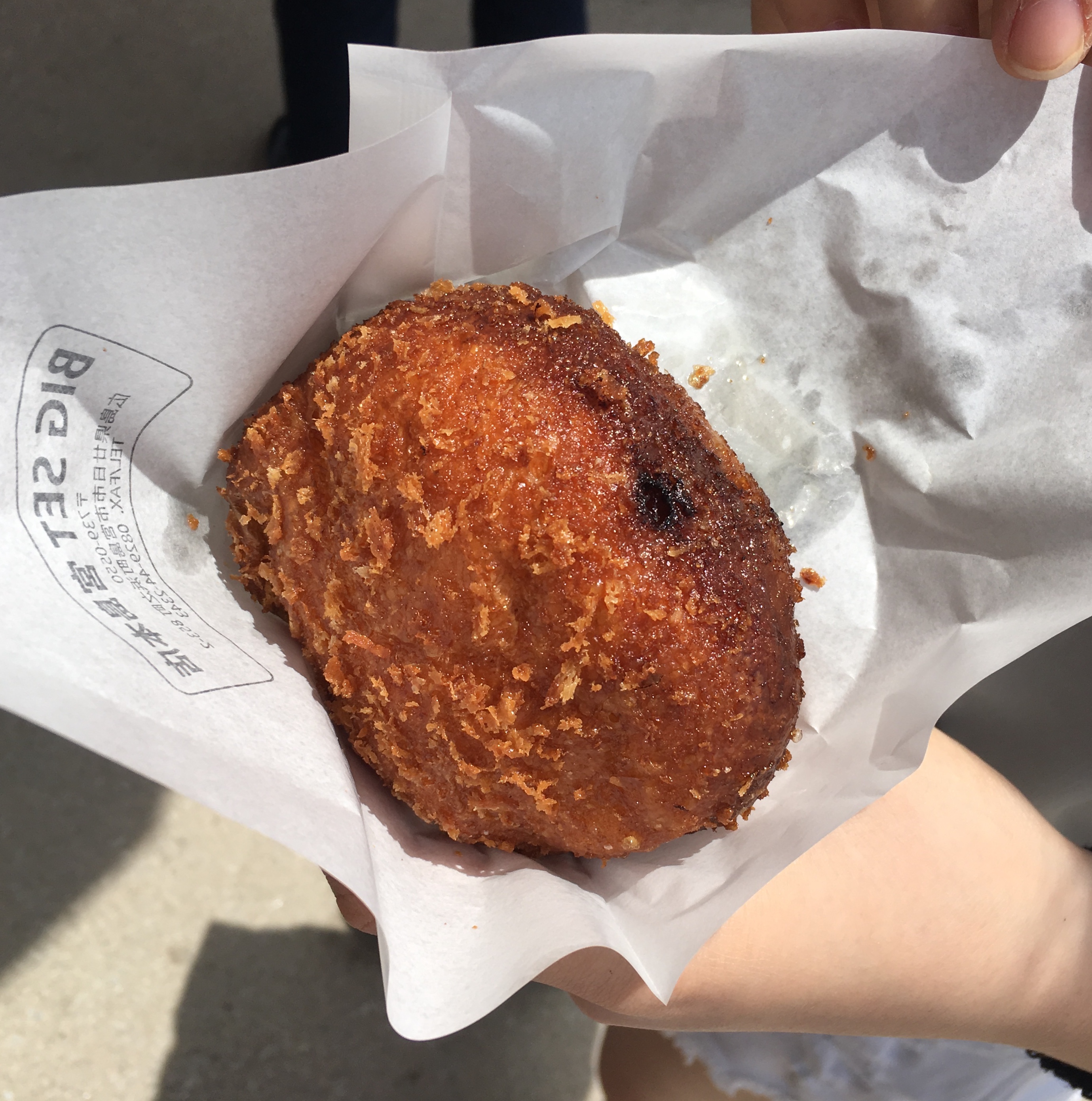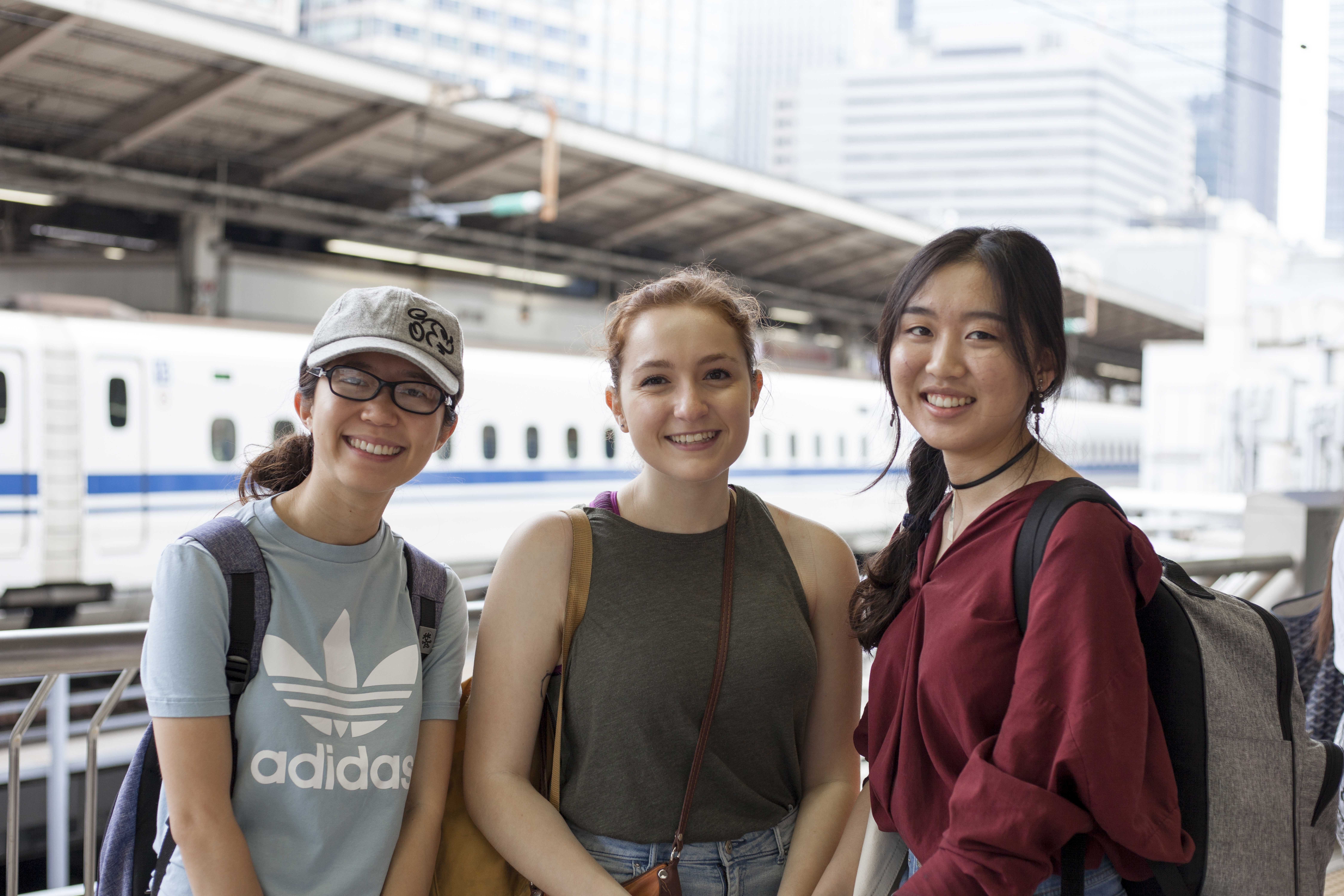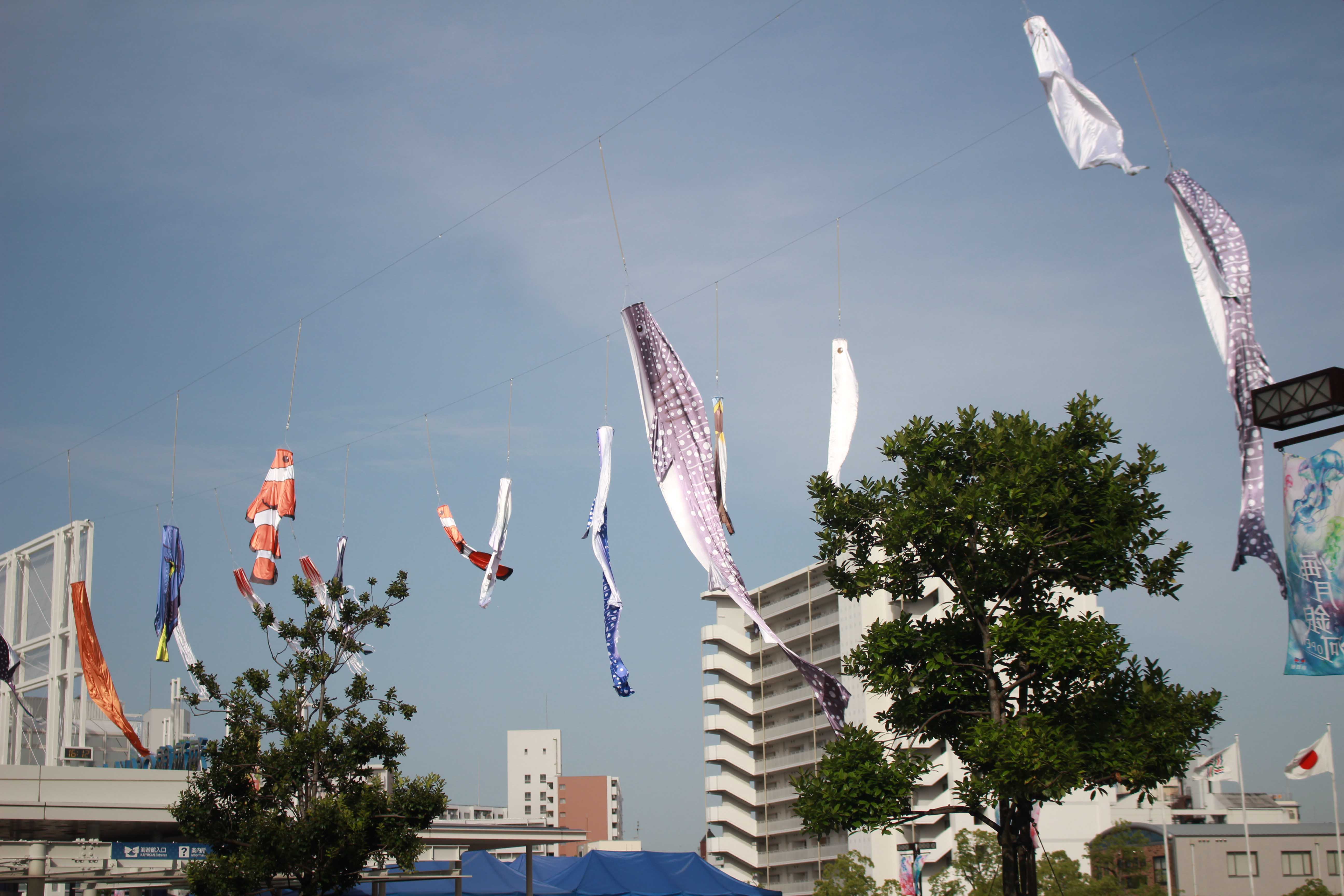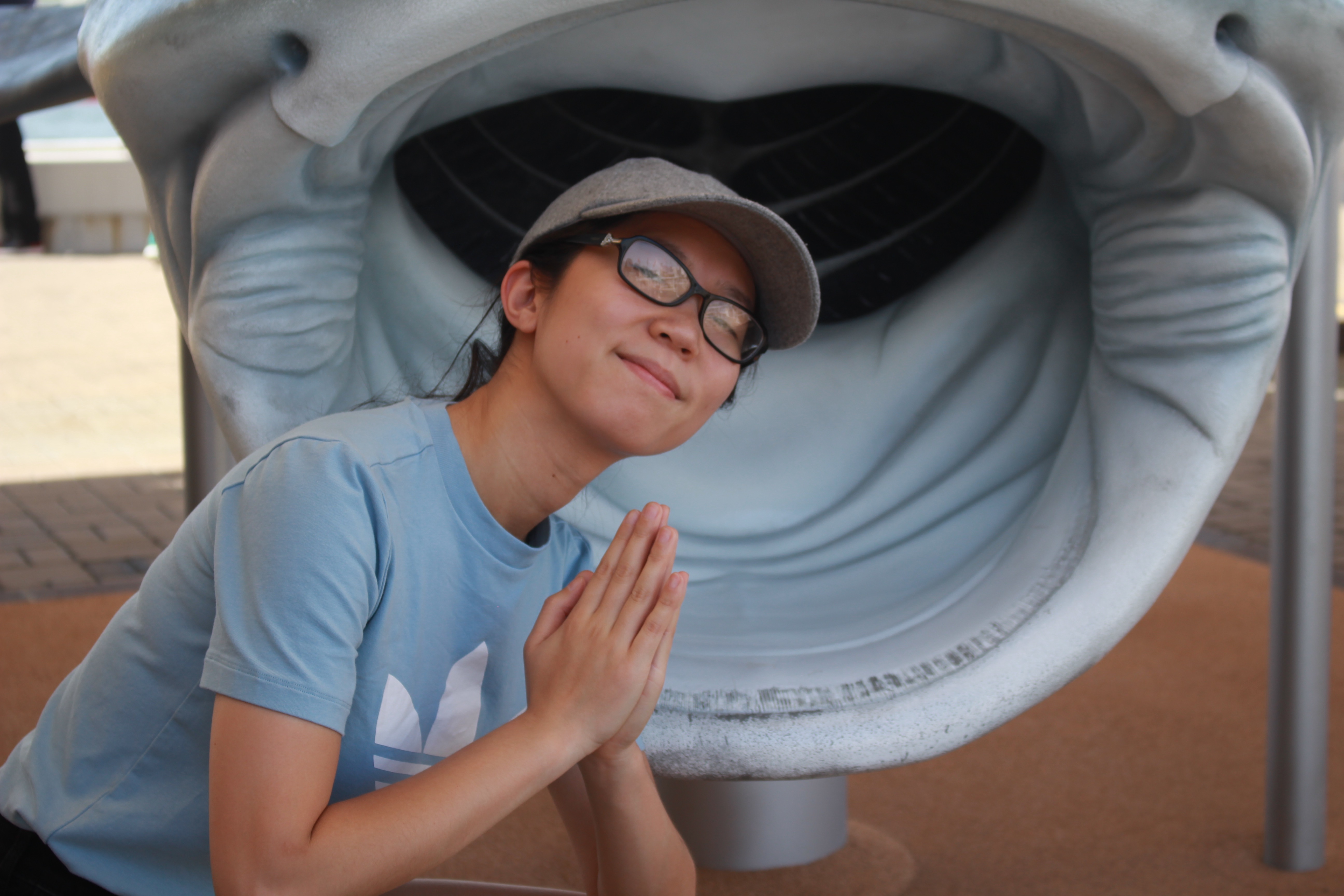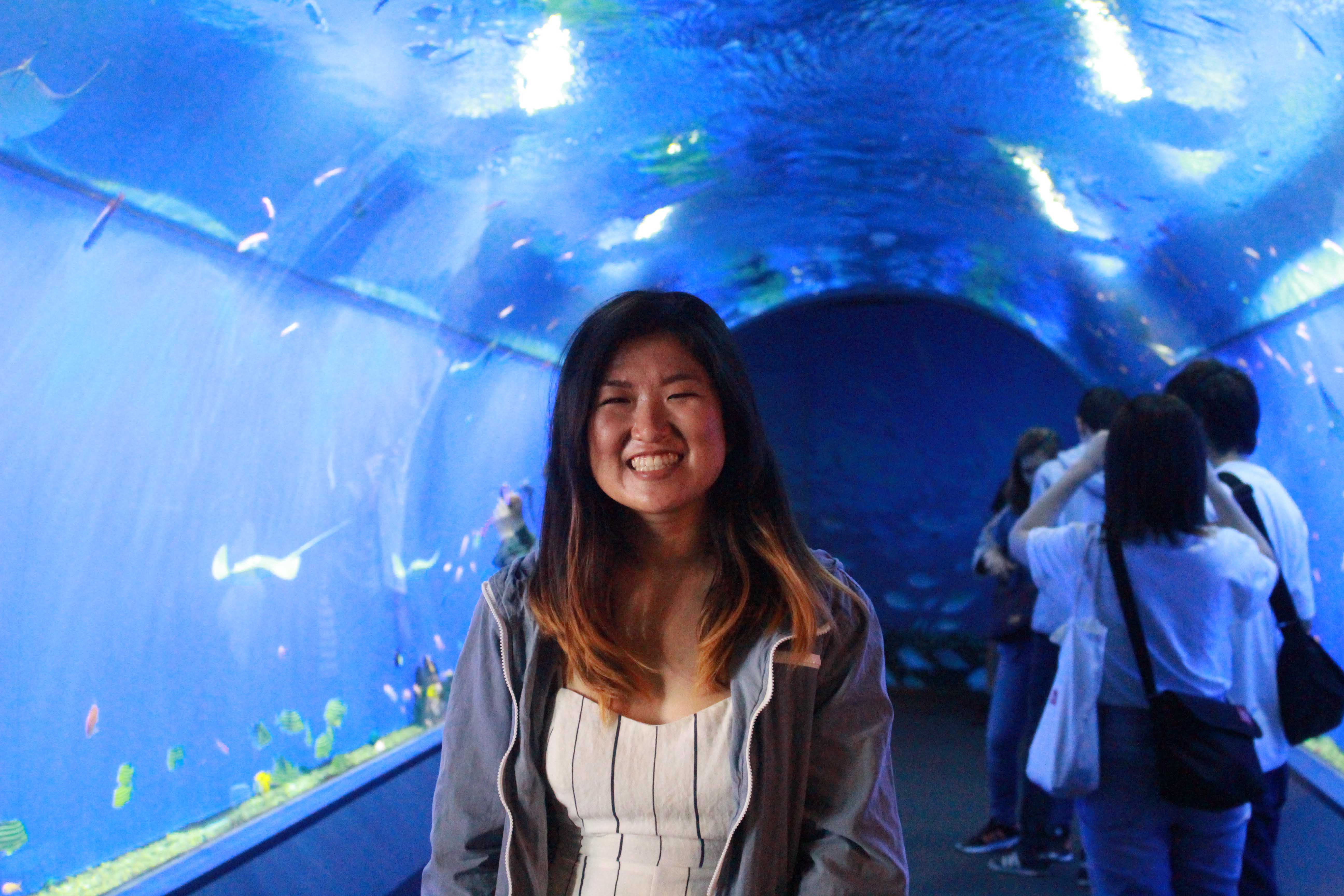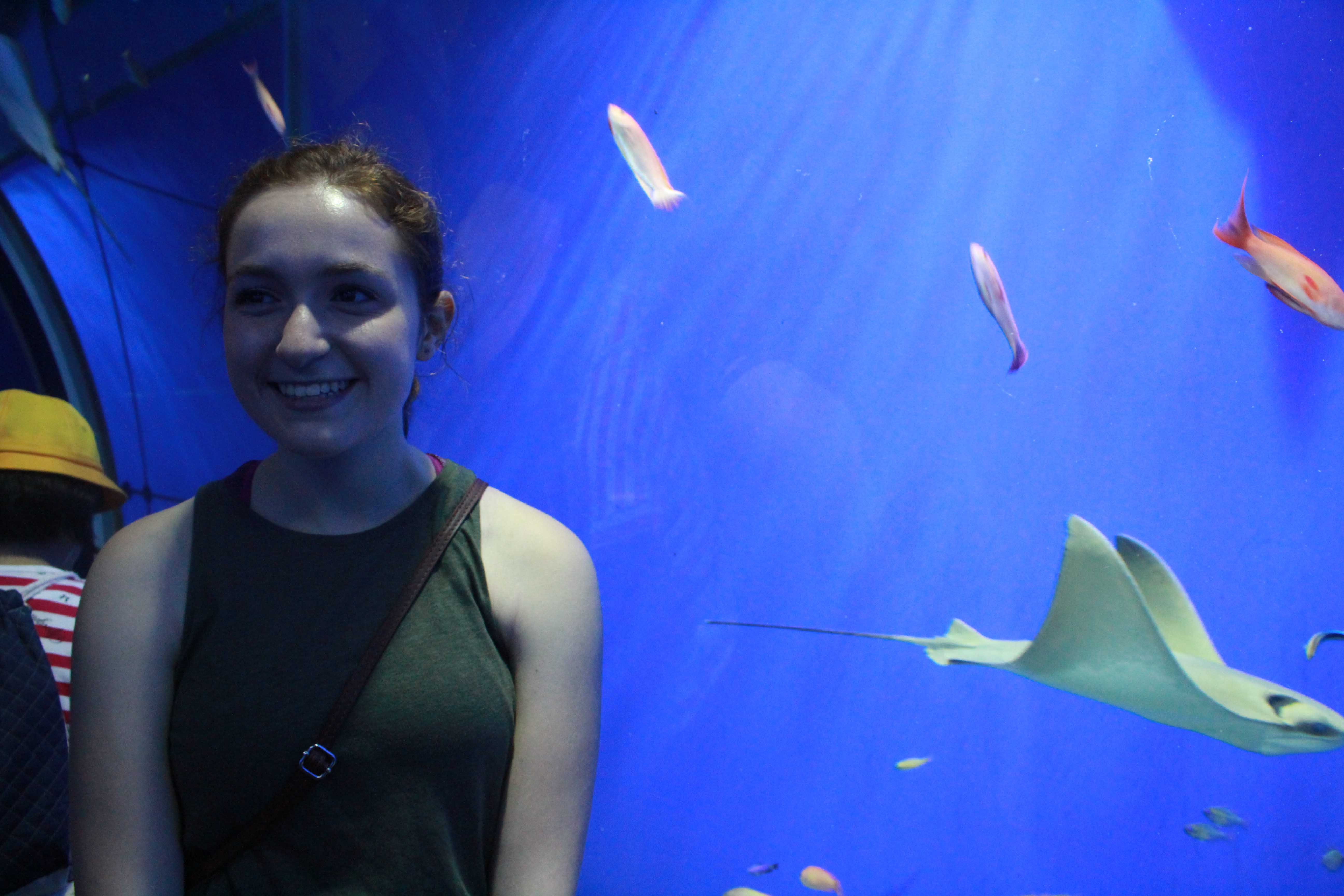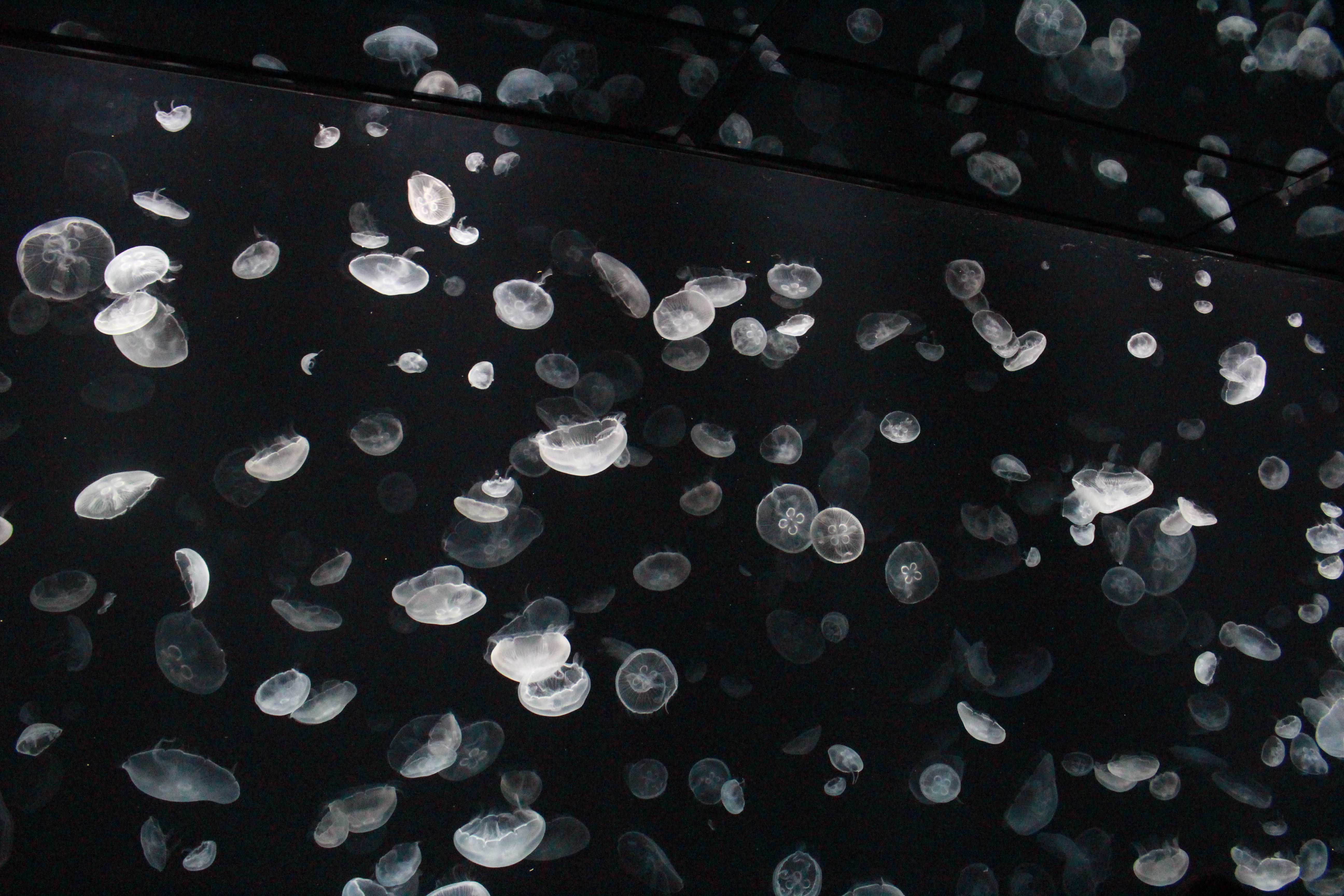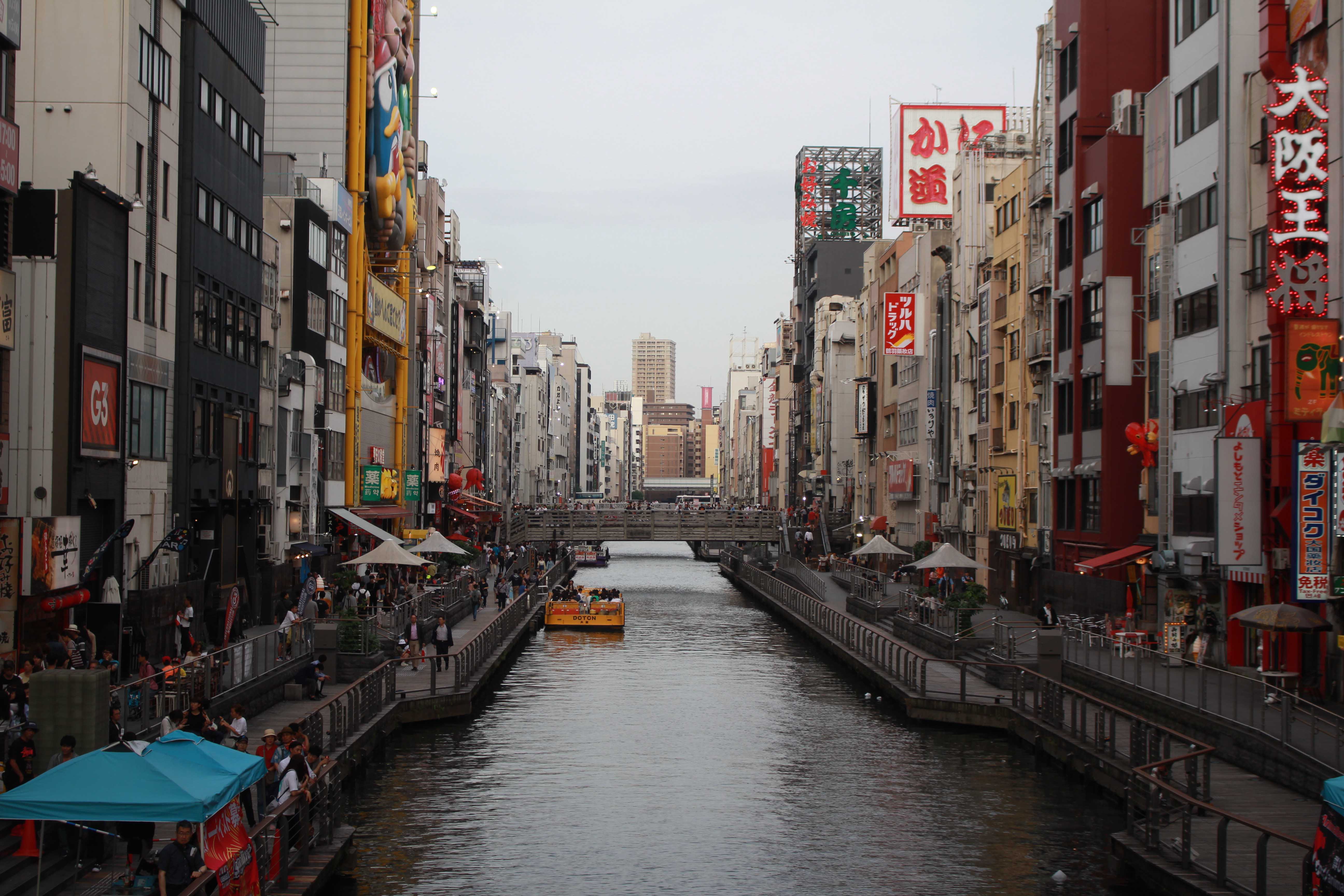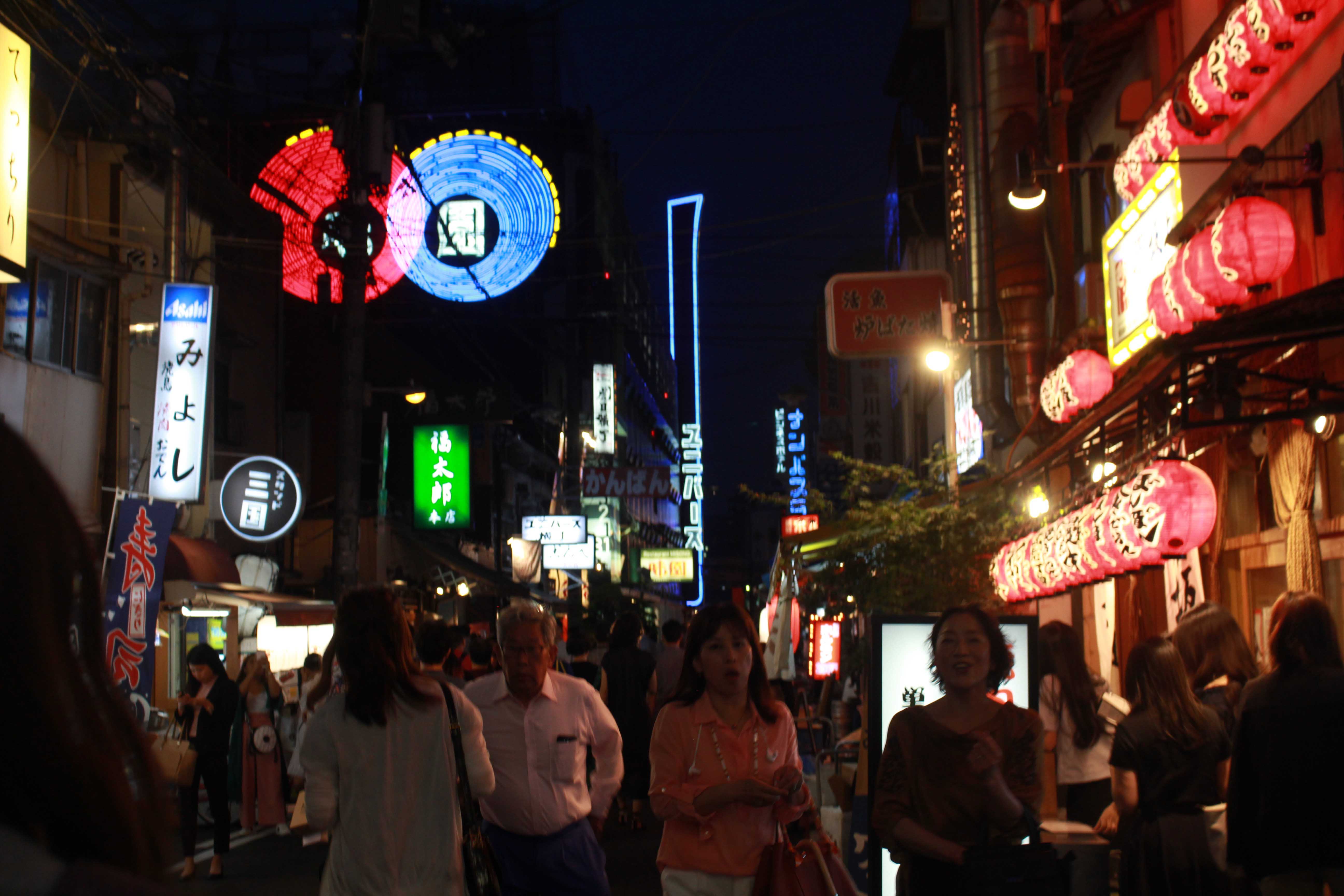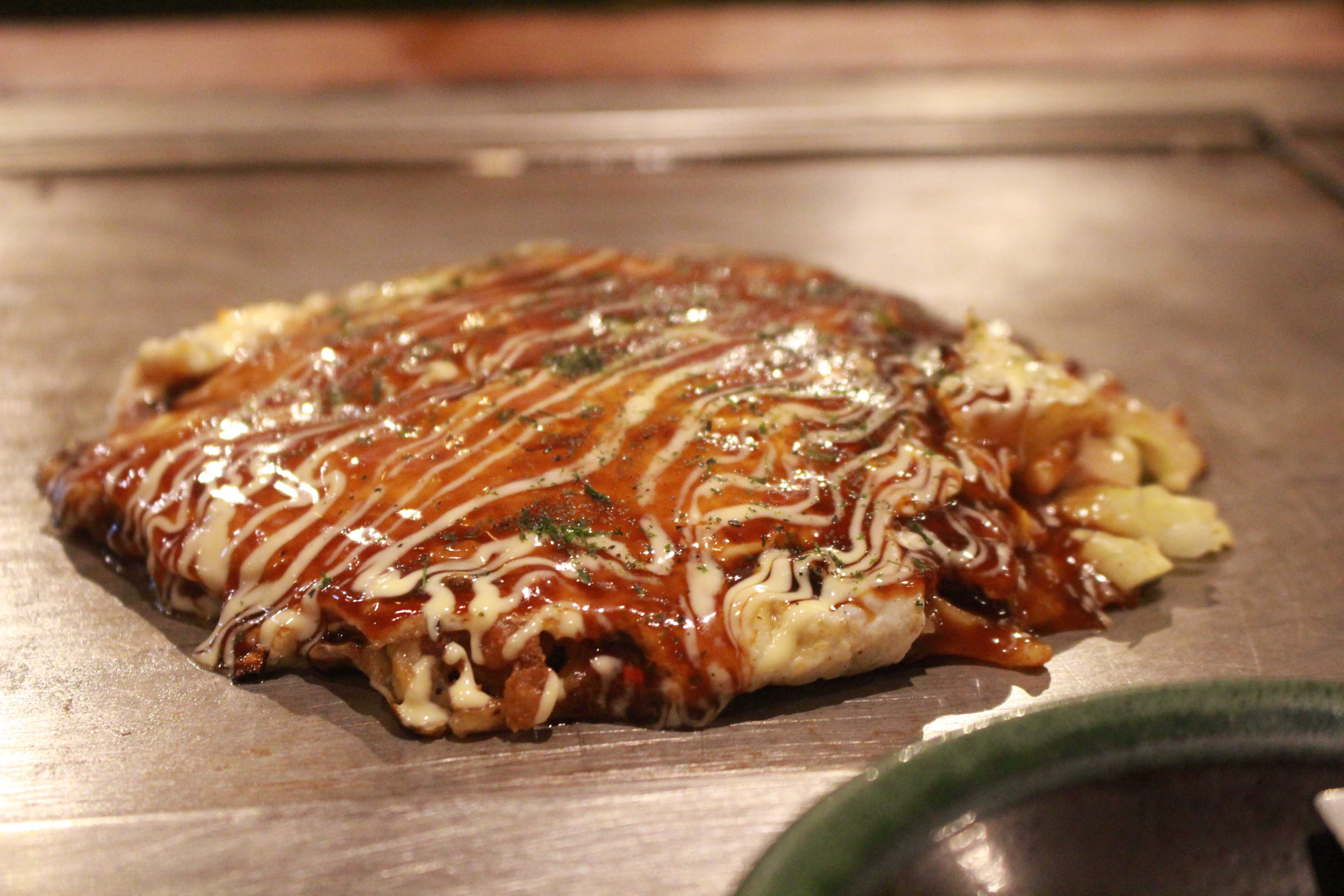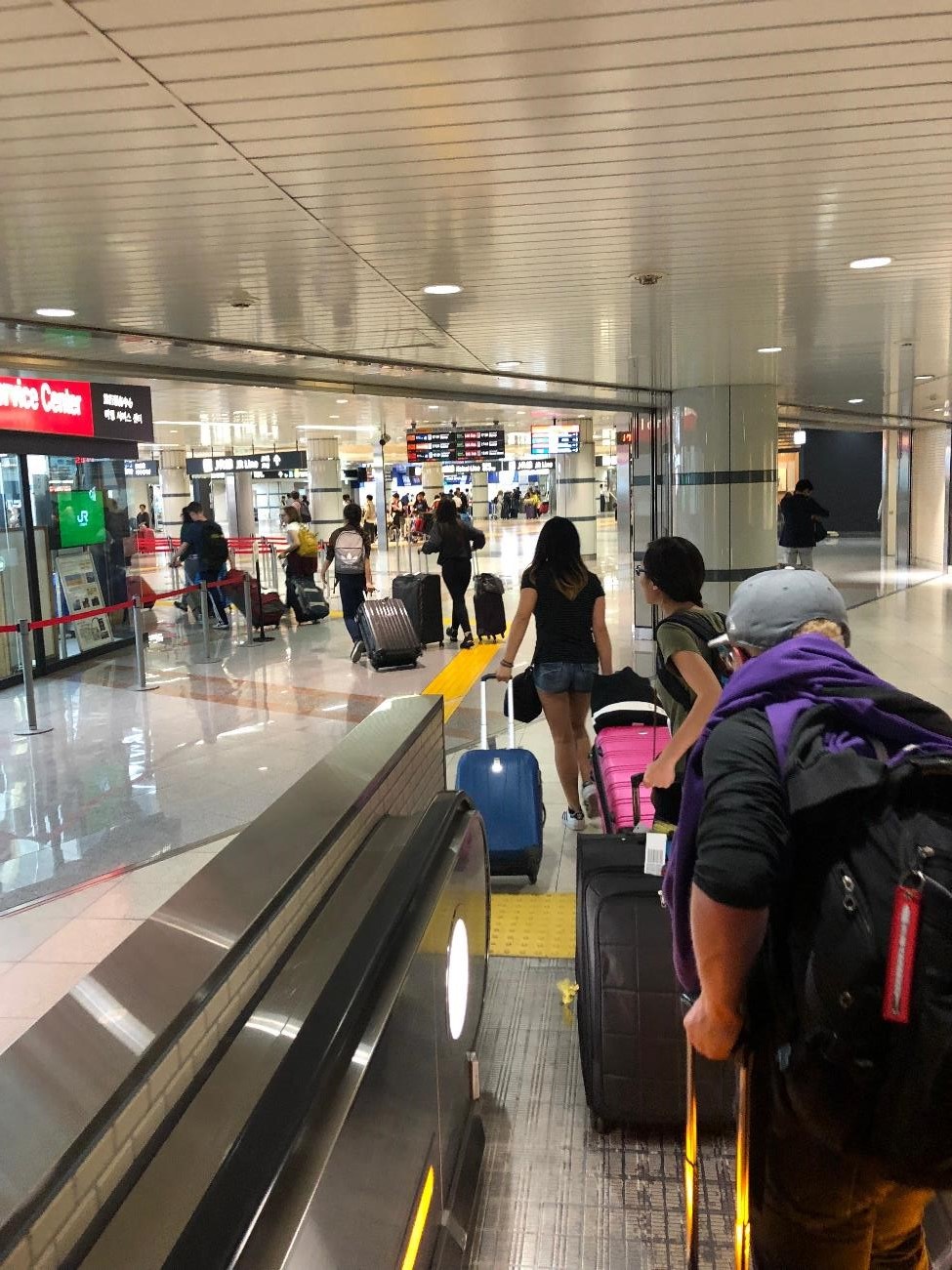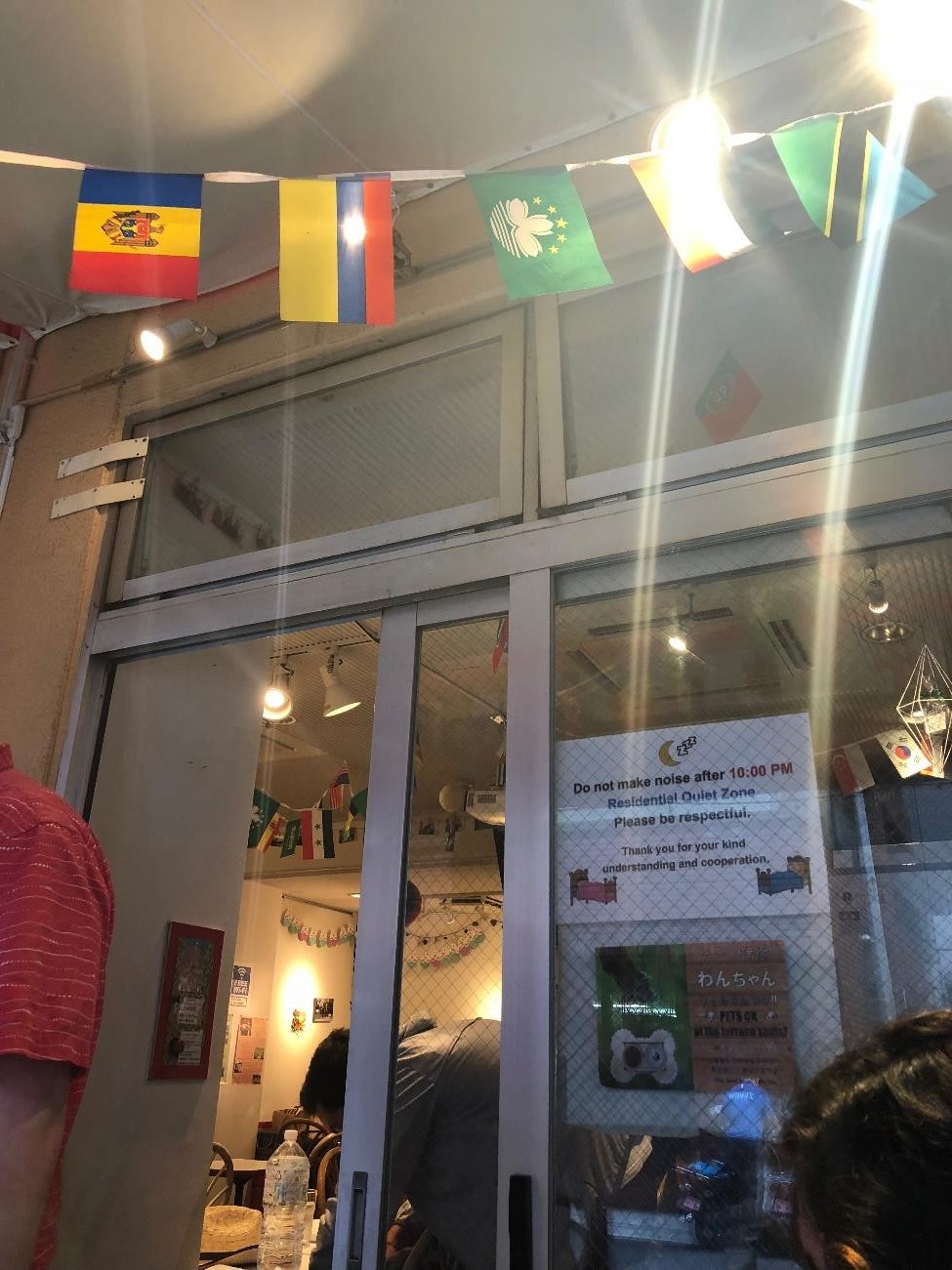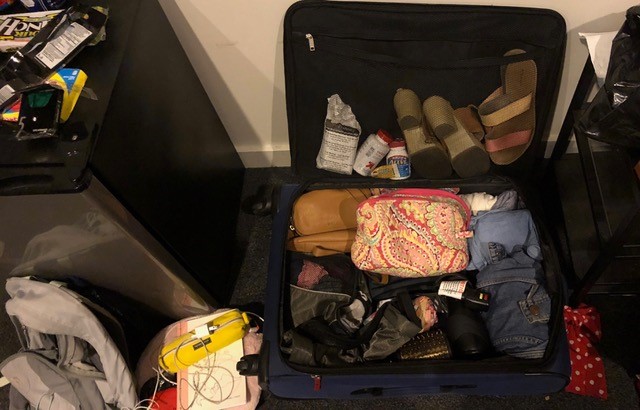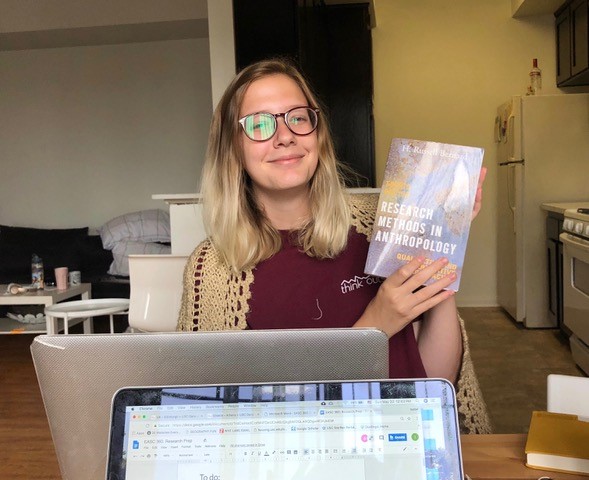By: Ryan Barr
Yesterday we discussed collective memory within Japan, specifically focusing on the role museums play in remembering World War II and how they influence collective memory in Japan. Jooyoun Lee’s article comparing and contrasting the Yasukuni Shrine and the Hiroshima Peace Memorial Museum was incredibly interesting to me. Lee discusses how these two museums are diametrically opposed in the way they portray the war, but both serve to teach a lesson about the perils of war and the prosperity of peace. I found this article to be the most enjoyable for me to digest, as it discussed the role that museums and collective memory have in the field of international relations. As an international relations major myself, this piece was much easier for me to really analyze the article’s strengths and weaknesses, and contextualize it within the broader field of international relations.
Collective memory is a topic that is not widely researched in other areas of the world in regard to its effect on international relations. Our class discussed why that may be the case and brought up a lot of interesting points. I believe that Japan’s collective memory is studied with more scrutiny because it is very easy to see contemporary, real, long-lasting implications in their relations with South Korea and China as a result of their collective memory. When Prime Minister Koizumi visited the Yasukuni shrine as a private citizen, where 14 Class A War criminals are buried, there was an uproar by these countries who experienced great tragedy at the hands of Japanese imperialism.
The other articles discussed various museums within Japan, and some explained the process for how the museum decides on what pieces were to be put on display. This launched us into a discussion on the role museums play in society, how they are managed, and some ideas we had for the progression of museums into the future. We discussed how museums are given a sense of authority, almost like a scholarly article or textbook, as Lupe pointed out. Given this sense of authority, do they have a duty to provide the most objective, evidence-based information about historical topics? Should there be an outside objective party that reviews museums to make sure they are doing such? These are some of the questions we discussed. Lela had an excellent point about museums being similar to a thesis, where they are making an argument, and the exhibits they decide to show are the evidence to support this argument. This is apparent in the Hiroshima Peace Memorial Museum, where they are trying to prove how dangerous war can be, and how important peace is for the human race.
Professor Uchiyama asked an excellent question which sparked another debate about whether or not we should have museums for those who died in aggressive wars, or died doing what others would deem as immoral or wrong. While I definitely believe that acts committed by Japanese soldiers and Nazi soldiers in the Second World War were egregious and awful, I feel as though it is not my place to say whether or not every soldier who fought on the Nazi or Japanese side were immoral, bad people. It is easy for us to look back now and condemn these people, however context matters. I believe that we are easily influenced by outside factors, especially from a young age. The Japanese soldiers were being fed a certain narrative since they were children, which ultimately led them to follow orders to do incredibly bad things. While it is easy for us to look back on these actions and condemn them from an outside point of view with significantly more information, I do not know if this is the just thing to do. Context should be analyzed and I look towards Hanlon’s razor which states, “never attribute to malice that which can be adequately explained by ignorance.”
My research paper is going well. I am going to be extending a quantitative analysis that I conducted previously which analyzes how the Japanese invasion can shape how countries react to Japan today. I posit that as Japan’s relative power increases, the distrust of the Japanese manifests itself in a decrease in the amount of imports/exports with countries formerly invaded by Japan, reducing overall trade between Japan and these countries. These countries are fearful of a repeat of Japanese aggression, thus when Japan becomes stronger, they respond negatively. For this class, I will most likely be performing a case study on either South Korea or China to see if this argument holds up qualitatively.

